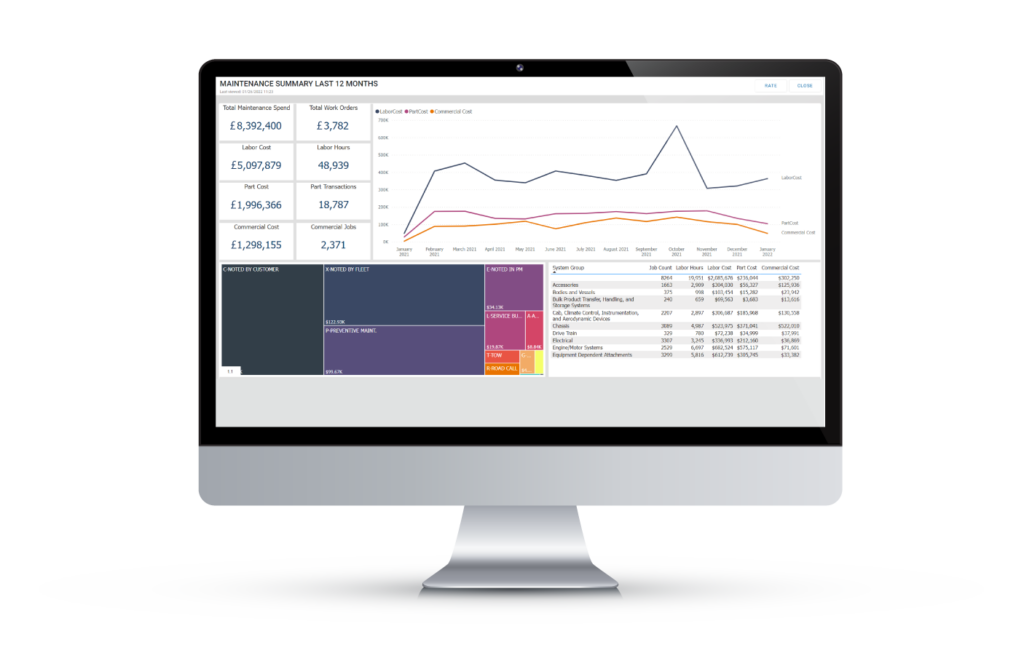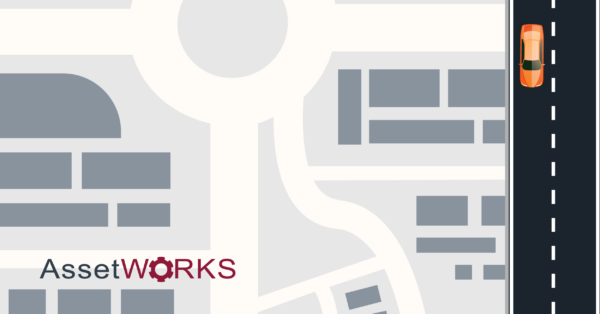An ageing fleet needs a lot of maintenance and is often an ecological issue. Moving to a new EV fleet can be cost-prohibitive. These four tips can help keep your aged vehicles running at their optimum while mapping their replacement.
1. Create a Replacement Standard
Determining the metrics for the optimal time to replace a vehicle can help with funding for replacements, and moreover, ensure you’re not spending money maintaining older vehicles that, from a financial and safety perspective, should be replaced.
“The best way to minimise or eliminate maintaining an ageing fleet is to make sure you have a good lifecycle management strategy,” says Mike Gadd, Managing Director at AssetWorks UK, which offers fleet management software solutions. “Each year the asset depreciates, and the downtime increases. But if you plan out the asset replacement cycle, then you’ll be able to maximise your return on investment by replacing the equipment at the optimum time.”
Gadd advises: “Look at the total cost of ownership for each asset type and then plan to replace them once the operational cost exceeds your standards,” he says. “Every fleet is different, so your replacement schedule should reflect different asset applications to get the most out of your fleet, including the residual cost on the back end.”

2. Use Technology to Determine Optimal Lifecycles
A replacement standard must be grounded in data, not solely on factors like model year or mileage that, on their own, can be arbitrary. Data is what tells the true story of when to retire a vehicle. Fortunately, technology can make this a less-daunting task than it may seem.
Having a good fleet management system and understanding how to use it will give you all the required tools needed to collect the needed data to build a good equipment replacement strategy. Without the historical data, how are you going to know? Your Fleet Management System can separate the different equipment type costs and then build a replacement plan that will help you get the most out of your fleet. This also means getting the most return from your fleet as well. Historical data is the key to showing which equipment will give you the most value for each of the different applications.
3. Don’t Budge on Replacement Cycles
When new vehicle supplies are tight, some fleet managers are pressured to change their replacement standard and keep vehicles longer. If that happens, it only gets more costly to continue to maintain those older vehicles.
Fleet managers need to use real data and regression and depreciation analytics to form their business case. Without a regression analysis, fleets are subject to pure supposition, guesswork, and feelings.
One data point you can adjust is your duty cycle. Changing the duty cycle on the older units will ensure they accumulate fewer miles. The older the unit, the less use it gets simply because it is not as reliable as a newer asset.
4. Make the Case for Replacement Vehicles
Whether you want to justify budget for new EVs is to show just how much money vehicles outside of their optimal lifecycle are costing the organisation.
Performing a regression analysis on each type and class of vehicle that is outside of its lifecycle is the best place to start. A regression analysis can demonstrate the value of investing in new vehicles. Benefits include money saved by replacing out-of-lifecycle units, sparing end users from breakdowns and delays that prevent them from accomplishing their mission, and boosting morale for both operators and the fleet department.
To emphasise a strategy you need to show where your fleet is today and where you want it to go with the relevant data points. Not everyone will understand that different models, makes, geography and climate impacts different lifecycles, so use data to demonstrate.
While there are many different strategies fleet can take and metrics to collect, the key items to review are:
- Acquisition cost
- Lease cost
- Lifecycle per equipment type
- Inflation percentage
- Residual cost
Review the long-term benefits of leasing vehicles by analysing the number of vehicles you have planned to replace in the next 5-10 years. Creating contingency funds when vehicles are sold is one way to gain budget. Also, look at the amount of money being added to capital improvement plans to gain lease vehicles. If an organisation is looking to replace one vehicle, then leverage that cost and determine how many leased vehicles this could potentially bring to the business for the same price.












